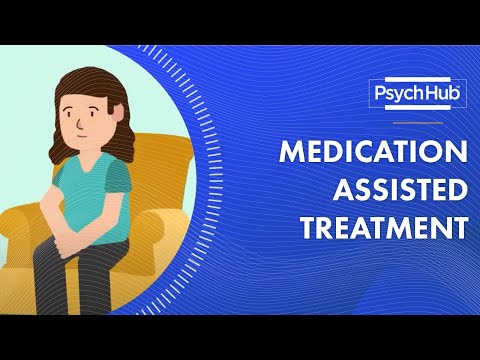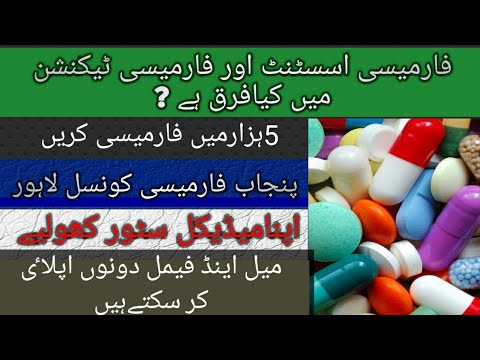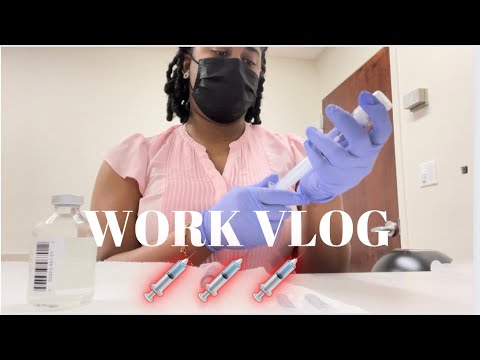What Medications Are Used in Medication Assisted Treatment?
Contents [show]
If you or someone you know is struggling with addiction, you may be wondering what medications are used in Medication Assisted Treatment (MAT). MAT is a type of treatment that combines medication with counseling and behavioral therapy to treat substance use disorders.
There are three main medications used in MAT: methadone, buprenorphine, and naltrexone. Each of these medications works differently, but they all have been shown to be effective in treating addiction.
If you or
Checkout this video:
What is Medication Assisted Treatment?
Medication Assisted Treatment, or MAT, is the use of FDA-approved medications in combination with counseling and behavioral therapies to provide a “whole-patient” approach to the treatment of substance use disorders.
There are three FDA-approved medications used in MAT:
-Methadone
-Buprenorphine
-Naltrexone
Methadone is an opioid agonist that works by binding to the same brain receptors as other opioids, such as heroin and prescription painkillers. This reduces cravings and prevents withdrawal symptoms.
Buprenorphine is a partial opioid agonist that also binds to the same brain receptors as other opioids. However, because it is only a partial agonist, it produces less euphoria and therefore has a lower risk for abuse and overdose.
Naltrexone is an opioid antagonist that works by blocking the effects of opioids at the brain receptor level. This can help to reduce cravings and prevent relapse.
What Medications Are Used in Medication Assisted Treatment?
There are three main medications used in Medication Assisted Treatment (MAT) for opioid addiction: methadone, buprenorphine, and naltrexone.
Methadone is a synthetic opioid that is long-acting and can help to reduce withdrawal symptoms and cravings.
Buprenorphine is a partial opioid agonist that also helps to reduce withdrawal symptoms and cravings.
Naltrexone is an opioid antagonist that blocks the effects of opioids and can help to prevent relapse.
How Does Medication Assisted Treatment Work?
Medication assisted treatment (MAT) is the use of FDA-approved medications, along with counseling and behavioral therapies, to provide a “whole-patient” approach to the treatment of substance use disorders.
MAT is designed to help people who are struggling with an addiction to alcohol or certain drugs. It can help reduce withdrawal symptoms, cravings, and the risk of relapse. MAT is not a cure for addiction, but it can be a vital part of recovery.
There are three main medications used in MAT:
-Methadone: Methadone is an opioid that is used to treat withdrawal symptoms and cravings. It can be taken orally or injected. It is most often used in treating addiction to heroin or other opiates.
-Buprenorphine: Buprenorphine is a partial opioid agonist that reduces withdrawal symptoms and cravings. It can be taken orally or under the tongue. It is often used in treating addiction to heroin or other opiates.
-Naltrexone: Naltrexone is an opioid antagonist that blocks the effects of opioids and helps prevent relapse. It can be taken orally or injected. It is most often used in treating alcoholism.
What Are the Benefits of Medication Assisted Treatment?
Medication Assisted Treatment, or MAT, is a type of treatment for addiction that combines medication with counseling and other support services.
MAT can be an effective treatment for addiction because it helps to address both the physical and psychological aspects of addiction. Medications used in MAT can help to reduce cravings and withdrawal symptoms, making it easier for people to stay in treatment and avoid relapse. Counseling and other support services can help people to address the underlying issues that may have led to their addiction, providing them with the skills and resources they need to stay sober.
MAT is not a cure for addiction, but it can be an effective treatment that helps people to recover and live healthy, productive lives.
What Are the Risks of Medication Assisted Treatment?
The use of medications to treat addiction is controversial, and there are a number of risks associated with this type of treatment. Medications used in Medication Assisted Treatment (MAT) can be addictive themselves, and they may also have dangerous side effects. It is important to weigh the risks and benefits of MAT before starting this type of treatment.
How Do I Know if Medication Assisted Treatment is Right for Me?
Only a qualified medical professional can determine if medication assisted treatment is right for you. If you think you may benefit from this type of treatment, discuss your options with your doctor.
There are several medications that are approved for use in medication assisted treatment These include buprenorphine, methadone, and naltrexone. These medications work by reducing cravings and withdrawal symptoms, making it easier to stick to your treatment plan.
Medication assisted treatment is not right for everyone. Some people may not be able to take certain medications due to other health conditions. Others may find that the medications do not work for them. If you are considering this type of treatment, be sure to talk to your doctor about all of your options.
How Do I Find a Medication Assisted Treatment Program?
If you’re looking for a medication assisted treatment program, the first step is to talk to your doctor. They will be able to help you find a program that meets your needs.
There are many different medications that can be used in medication assisted treatment, but the most common are methadone, buprenorphine, and naltrexone.
Methadone is an opioid that is used to help people detox from other opioids. It can be taken orally or injected, and it helps to reduce cravings and withdrawal symptoms.
Buprenorphine is another opioid that is used to treat opioid addiction. It can be taken as a pill or a film that dissolves under the tongue. Buprenorphine prevents withdrawal symptoms and reduces cravings.
Naltrexone is an non-opioid medication that blocks the effects of opioids. It is usually taken as a pill or an injection. Naltrexone can help prevent relapse by reducing cravings and making it less enjoyable to use opioids.
What Should I Expect from Medication Assisted Treatment?
Medication assisted treatment is a form of treatment for addiction that involves the use of medication to help manage withdrawal symptoms and cravings. The most common medications used in medication assisted treatment are methadone, buprenorphine, and naltrexone. These medications work by binding to the same receptors in the brain that are affected by drugs of abuse, but they do not produce the same high or sense of euphoria. Medication assisted treatment can be used to treat addiction to opioids, alcohol, and other drugs.
How Long Does Medication Assisted Treatment Last?
Medication assisted treatment, or MAT, is a type of treatment that uses medication to help people recover from addiction. MAT can last for different amounts of time depending on the person’s individual situation. Some people may need MAT for a few months, while others may need it for a year or more.
What Happens After Medication Assisted Treatment?
After you finish your last dose of medication, you may feel withdrawal symptoms. These may include:
-Anxiety
-Irritability
-Depression
-Trouble sleeping
-Sweating
-Headache
-Muscle aches and pains
-Nausea and vomiting







